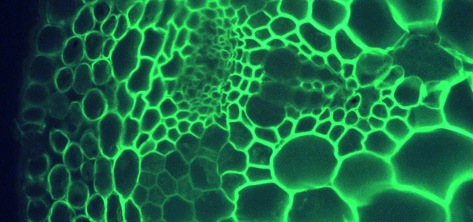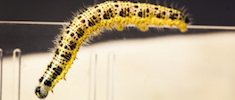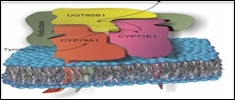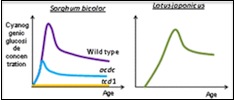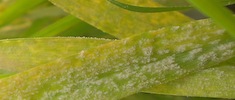Research
The researchers at the VILLUM Research Center for Plant Plasticity are investigating the possible and diverse roles of cyanogenic glucosides with regard to plant plasticity as manifested at multiple levels. Each of these levels are represented by a research subproject.
How do plants respond to threats?
Obviously, plants are unable to run away or move when a herbivore approaches, or it's environment is stricken by drought. So how do plants cope? They have a different kind of invisible flexibility, happening in the biochemistry of their cells. Through evolution plants have acquired this special flexibility, which allow them to form an unparalleled diversity of structurally complex bioactive molecules with specialized roles. In a plethora of ways, these molecules help the plant adapt, cope, and assimilate to changes in their environment. This particular flexibility is called plant plasticity and it is the field of study for this research center. Read more about plant plasticity here and find more information about the subprojects below:
|
Plasticity in Genomes & Evolution |
Enzyme Plasticity |
|
Supramolecular Plasticity |
Metabolic Plasticity |
|
Plasticity in Plant Development |
|
|
Plasticity in Abiotic Environment |
Plant Plasticity for Biotechnology |
Learn more about the ongoing research at the the Center by clicking on one of subprojects below:
Funded by:
Plant Plasticity is funded by the VILLUM Foundation. The foundation was established by Villum Kann Rasmussen in 1971, and supports research activities in the natural and technical sciences. Click here to visit the VILLUM Foundation homepage

